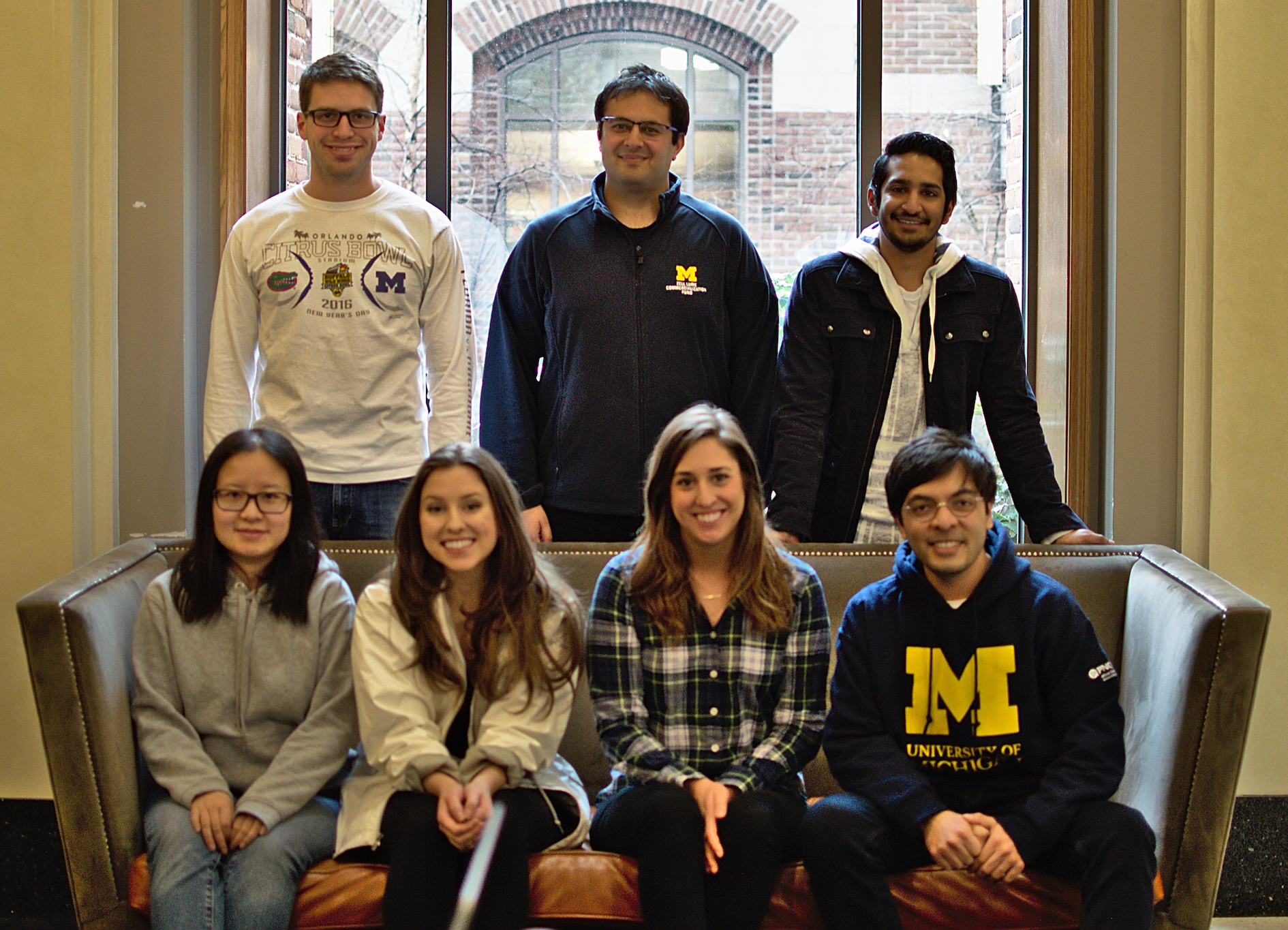We need about 8 hours of sleep to function for the rest of the 16 hours of the day. Yet, a lot of us are often sleep deprived. Especially those who travel a lot, live with rommates, or are the parents of a newborn. Apart from a comfortable bed to sleep in, our sleep is affected by the light and sounds around us.
Many use a combination of sleep masks and ear plugs to block their vision and hearing. Some use noise cancelling headphones during flights. Although there are comfortable sleep masks out there in the market, there is a dearth of good solutions to comfortably block both sight and sound. Blocking sound also creates a problem of not hearing the alarm when it is time to wake up. Cocoon is our answer to these problems.
Cocoon is a smart sleep mask that is comfortable, covers your ears, and gently wakes you up when it's time.
My Role
I was part of a diverse team consisting of 7 members from different disciplines, for this semester long project as part of the Integrated Product Development course. In just 12 weeks, we designed, developed and marketed this smart sleep mask. We iterated on our design, conducted market research, optimized materials and costs, and gave everything we had to realize this product prototype. We also received 3 rounds of critical feedback from a panel of 5 designers from the industry. It was a lot like being in a startup at an incubator, and launching a kickstarter campaign at the end. I was primarily involved in research, ideation, product design, electronic prototyping, mobile app development, video production, website design, and interactive display design for the final trade show.
Winter 2017, 12 weeks
UX Research
Product Design
3D Modeling
Interaction Design
Electronic Prototyping
Web Development
Sam Dion Engineering
Anand Doshi UX Design
Shuang Lui UX Design
Adi Pradhan Business
Meghan Sheehan Business
Rohan Tilak Business
Allie Zhang Art & Design
Process & Timeline
Initial Concepts
Our initial research and brainstorming led to 3 primary concepts: Zen Cocoon, Eye See, and Fit Glove. We extended this set to 5 concepts and 2 competitor concepts. Then, we tested these 7 concepts with potential users through 15 interviews and an online survey. We got feedback from over 35 participants, and Zen Cocoon was the most desired concept. Participants desired comfort, and were also curious about its use as a relaxation device.
Personas
Conjoint Analysis & Product Brief
To narrow down the features we would offer and understand the market demand of these features, we conducted conjoint analysis. We created 14 combinations of features and cost, and two test combinations to verify the authenticity of the survey response.
From the survey results, we found that participants were willing to pay a significant amount for the dawn imitation feature and noise cancellation, whereas they ascribed a much lower value to extended battery life and advanced sleep analytics. These results helped us create our initial product brief.
At this stage, we also broadened our original idea of a sleep mask to a relaxation aid. However, during Design Review #2, the panel of designers unanimously expressed that we should have a focused product that the market understands. A relaxation aid sounded vague, whereas a smart sleep mask sounded familiar and acceptable. Relaxation could be considered a secondary feature.
They also urged us to "do what Beats did for headphones: make sleep masks beautiful and trendy."
Prototypes
To kickstart our prototyping process, we purchased different types of sleep masks and cheap headphones from Amazon, and started trying them out. We fell in love with the comfort of the ostrich pillow, and were surprised that none of the popular sleep masks on Amazon felt as comfortable. We also studied the form factor of Google's Daydream VR headset, and were curious about how it catered to various head shapes and sizes.
We performed focus group studies using our prototypes and the sleep masks we had purchased, and got actionable feedback from the participants. We also consulted sleep specialists for their opinion and feedback.
For our final prototype, we made use of an embroidary machine to create a web-like pattern on the front. Due to lack of time, we used an elastic band to keep the mask on the head, instead of an adjustable strap.
Trade Shows
There were 2 parts to the trade show. The online trade show was hosted a week before the physical trade show, and lasted for 5 days. The public could visit the Cocoon website, and if convinced, can buy it using virtual money with a maximum budget of $150. We set the price for Cocoon at $75, which gave us a healthy profit margin, and a good chance at winning the overall trade show.
At the time of the online trade show, our product was not ready, and we could not put real product shots on the website. Because of this, only 16% of the participants purchased Cocoon.
For the physical trade show, we had a looks-like prototype and a works-like prototype that also contained the electronics. Many of the attendees loved our product, and appreciated the quality and design of the prototypes. They also liked that we had an interactive display that helped them explore different color options for Cocoon. At the end of the physical trade show, 35% of the attendees had purchased Cocoon using their virtual money.
Our mistake during the online trade show made a big impact and led to our loss. We also did not consider the possible demographics of the audience for the trade shows, which were mostly university students. Here, the winning team leveraged this to their advantage as their product was highly relevant to university students. This was a great learning experience, which has stayed with me as I worked on my next projects.
